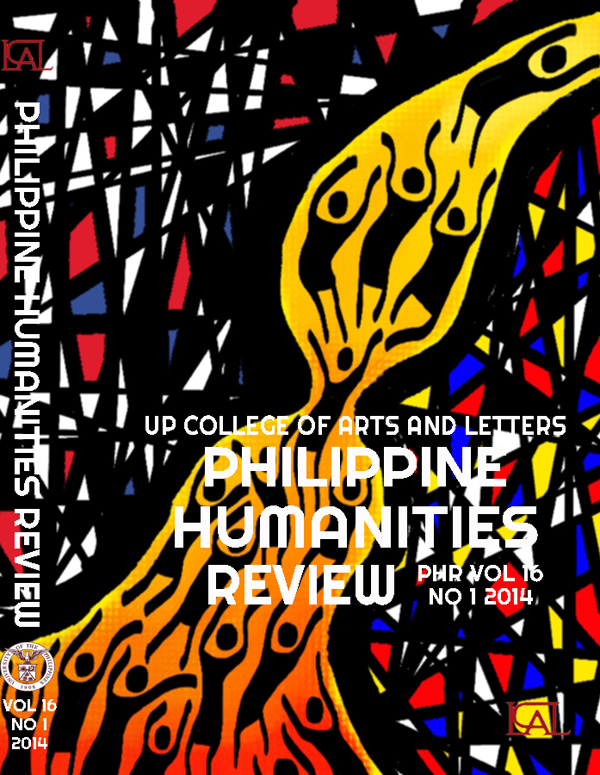Villa's Specters: Transcolonial and Paternal Hauntologies in <em>Footnote to Youth: Tales of the Philippines and others<em/>
Abstract
Jose Garcia Villa’s sole short story collection, Footnote to Youth: Tales of the Philippines and Others, was released in 1933 as his pronounced effort to penetrate the American modernist canon. Villa’s literary move was principally characterized by his aestheticist selffashioning as a “beautiful soul” whose artistic practice transcended his native roots and biographical specificities. This essay suggests that, despite this selffashioning, the collection ushers in the ghosts of the historical and personal realities that he sought to obscure. First, the essay argues that Villa’s intense devotion to the apolitical and ahistorical tenets of aestheticism, or the doctrine of art for art’s sake, was in itself conditioned by his biographical circumstances and historical location within the American colonial milieu, particularly by his rebellion against his own anti- American father and against the paternity of his country. Second, it elaborates how Villa’s attempt at paternal surrogacy in the United States fed him to the discursive operations of ethnocentrism inherent in American modernism, and how his choice to work within the mimetic genre of fiction rendered his disavowed ethnic identity bare and vulnerable to the predations of modernist racism. Third, employing Derrida’s notion of hauntology, the essay analyzes the collection as conjurers of the transcolonial and paternal specters that haunted Villa’s artistic practice.
Keywords: Jose Garcia Villa, hauntology, colonialism, art for art’s sake, modernism


